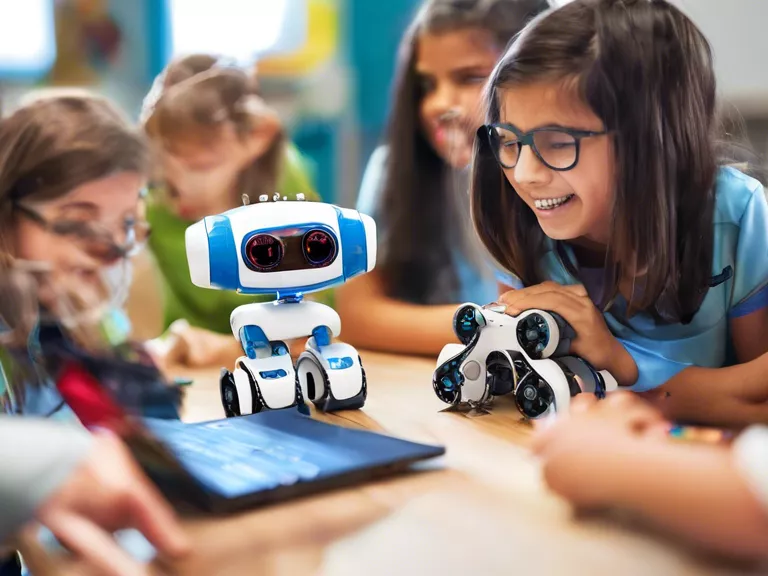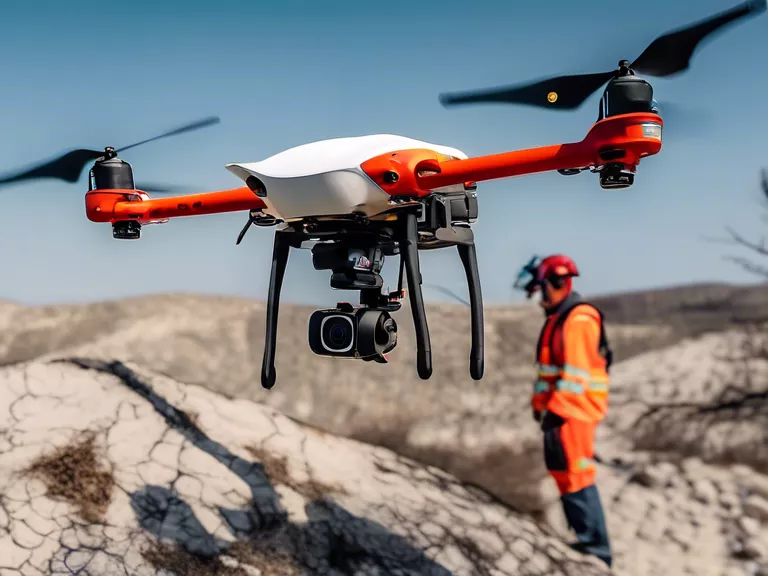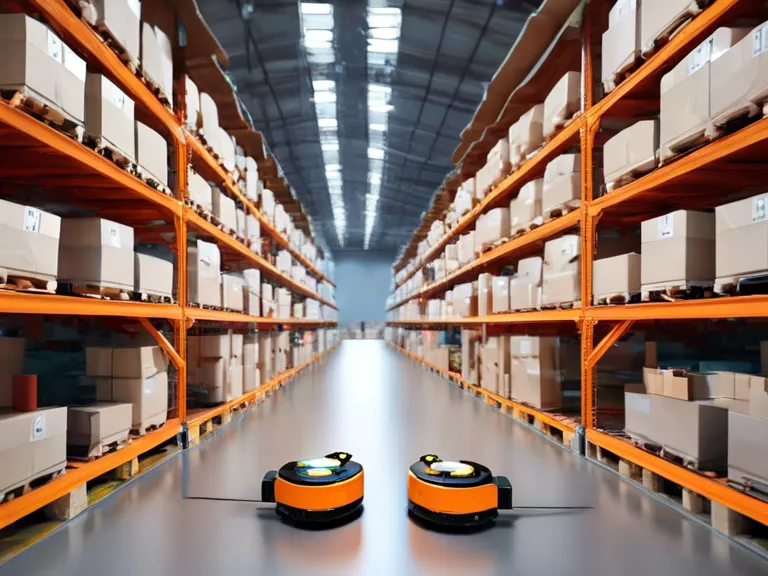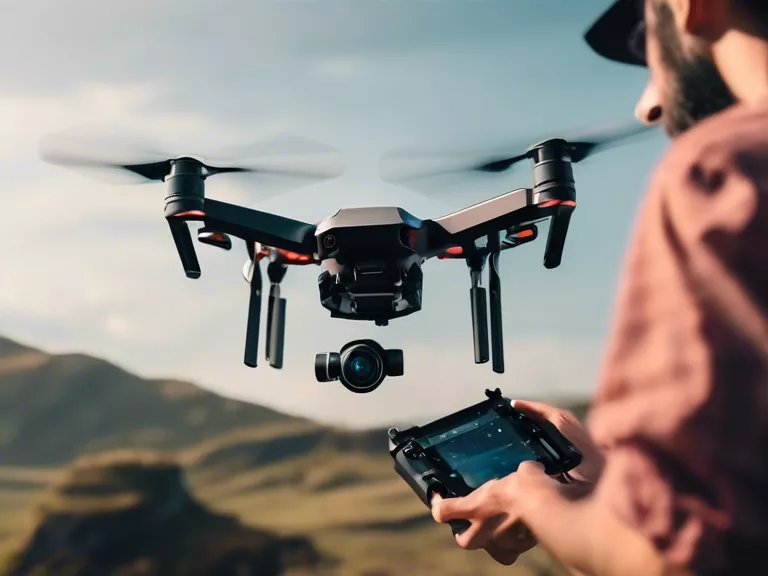
Educational robots have been making waves in the field of STEM education, inspiring young learners to delve into the exciting worlds of coding and robotics. These interactive machines are designed to engage students in hands-on learning experiences that foster creativity, problem-solving skills, and a deeper understanding of STEM concepts. Whether it's programming a robot to navigate a maze or build a structure, students are able to apply their knowledge in a fun and engaging way.
One of the key benefits of educational robots is their ability to cater to students of all ages and skill levels. From simple block-based coding for younger children to more advanced programming languages for older students, these robots offer a gradual progression that allows learners to build upon their skills over time. This adaptability ensures that students are constantly challenged and engaged, leading to a deeper retention of knowledge and a greater passion for STEM subjects.
Furthermore, educational robots provide a tangible way for students to see the real-world applications of their coding skills. By working with robots that can perform tasks such as sorting objects, following lines, or even dancing, students are able to witness firsthand how their coding instructions translate into tangible actions. This hands-on approach not only reinforces learning outcomes but also helps students develop a sense of accomplishment and confidence in their abilities.
In addition to fostering technical skills, educational robots also encourage important soft skills such as teamwork, communication, and critical thinking. Many robot programming activities require students to collaborate with their peers, communicate effectively, and think critically to solve complex problems. These experiences help students develop essential skills that are applicable in a wide range of career paths beyond STEM fields.
Overall, educational robots are playing a crucial role in inspiring young learners to explore STEM and coding in exciting new ways. By providing hands-on experiences, fostering technical and soft skills, and showcasing real-world applications, these robots are shaping the next generation of innovators and problem-solvers.



